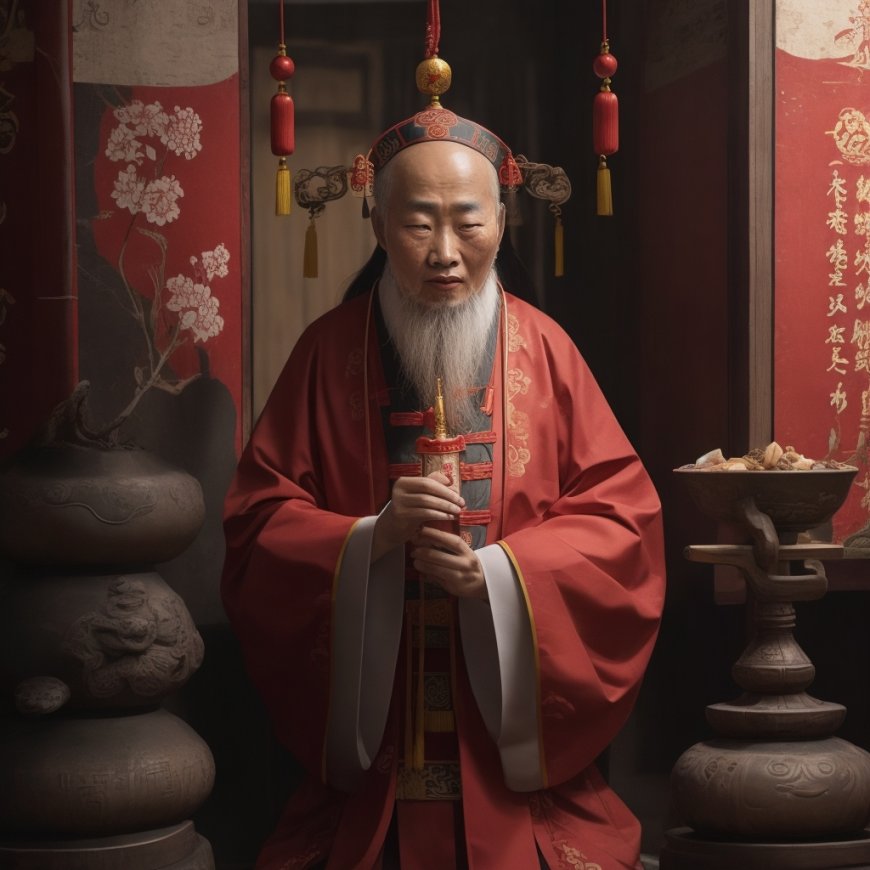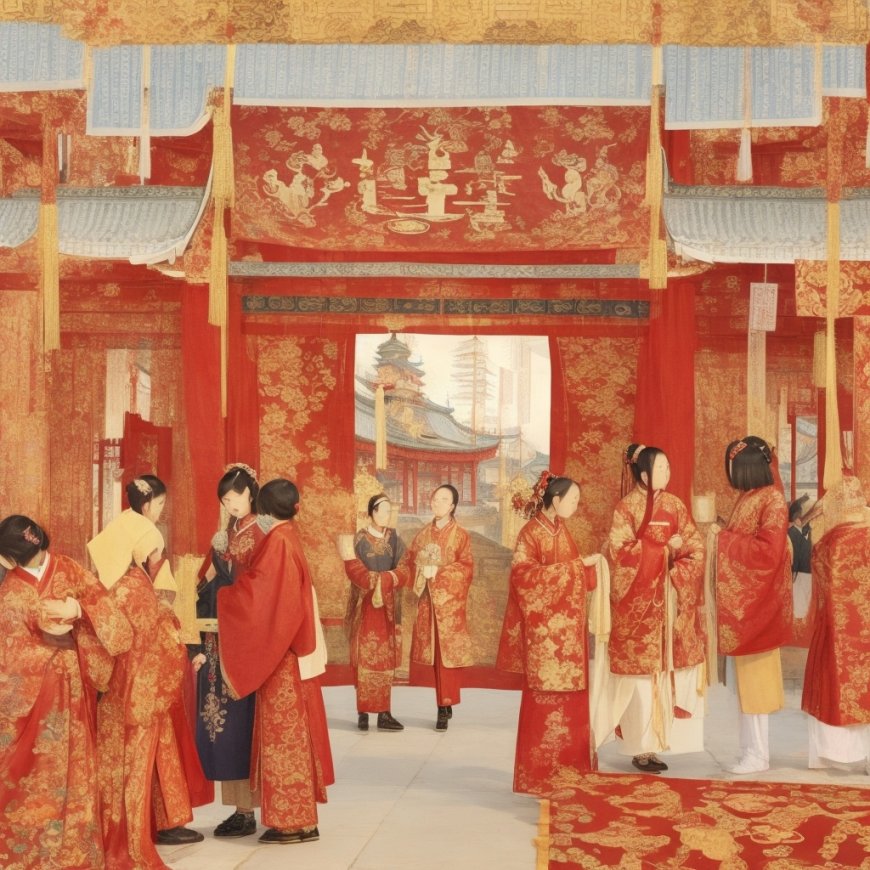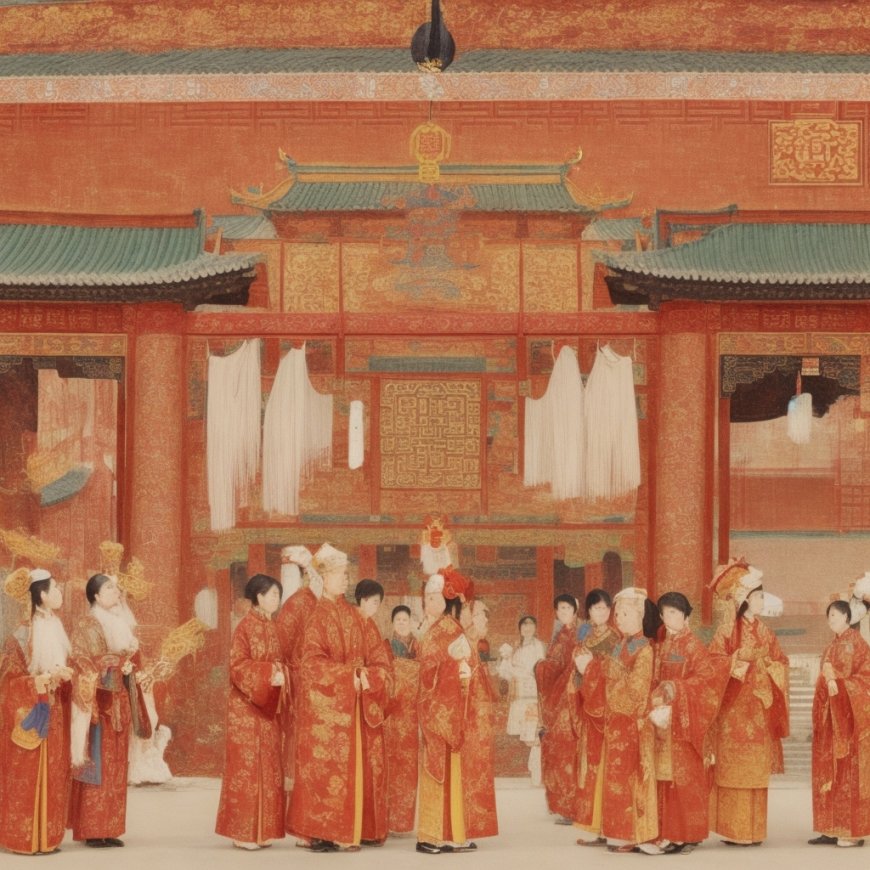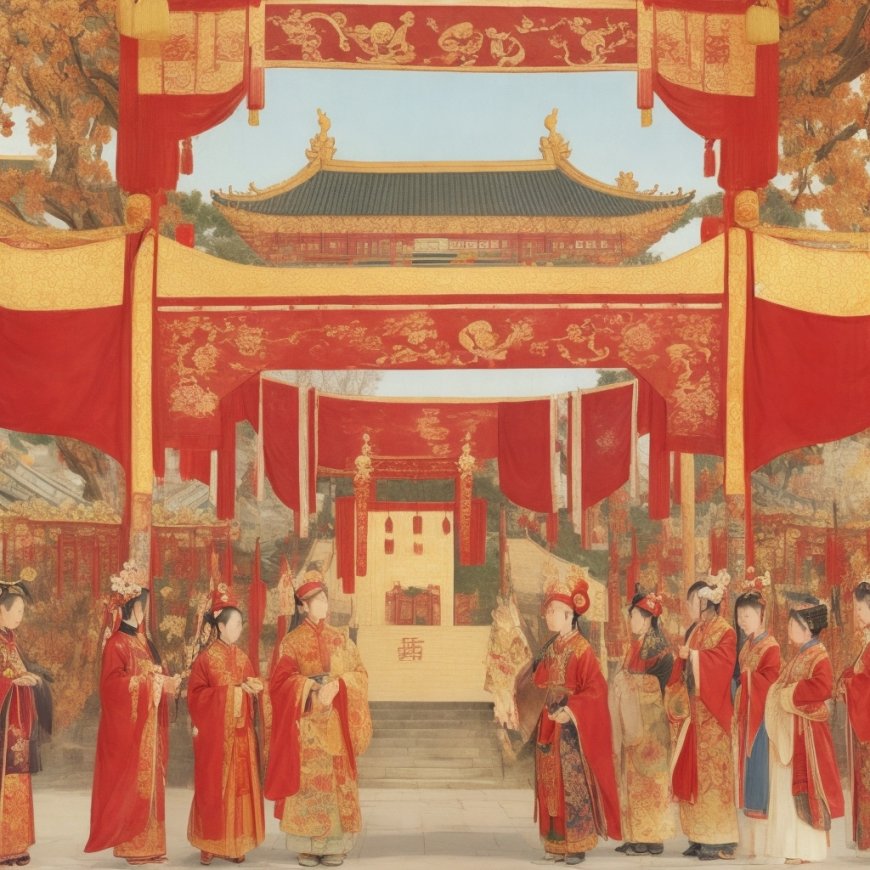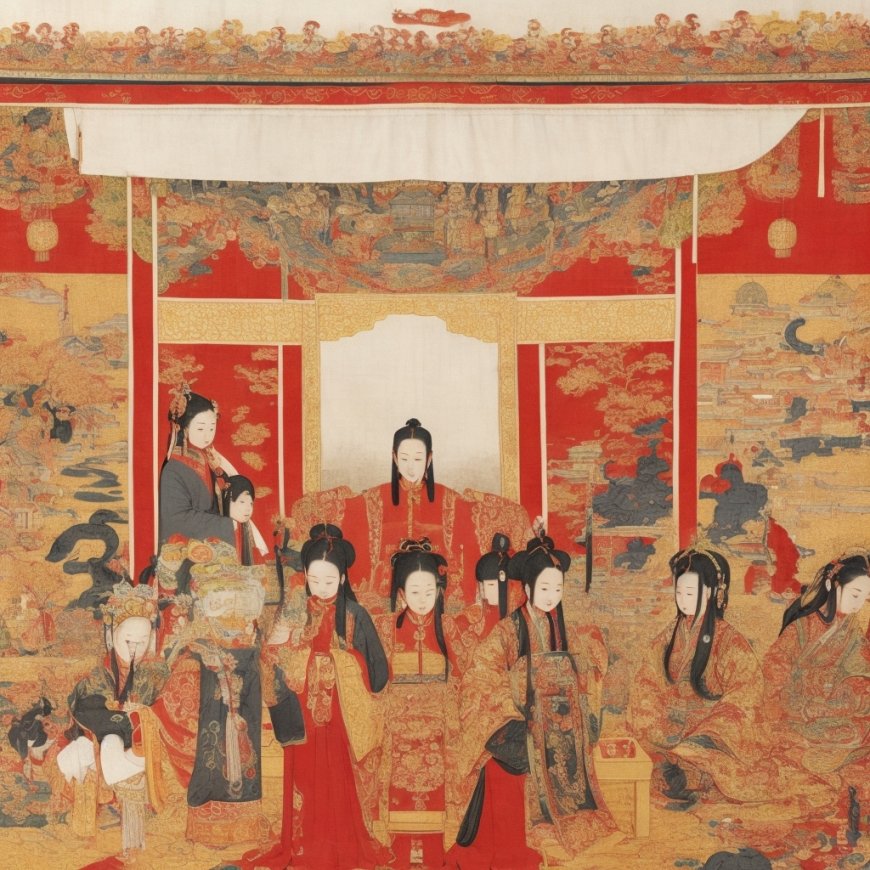Tracing the Rich Tapestry of Chinese Religious History
China, with its ancient civilization dating back millennia, boasts one of the world's oldest forms of religion. From evidence of burial practices dating as far back as 5000 BCE to the intricate tapestry of beliefs in modern China, this article explores the intricate history of Chinese religion. Delve into the complexities of Chinese folk religion, Taoism, Buddhism, Confucianism, and the impact of Communist anti-religious sentiments. Join us on a journey through the ages, from the Neolithic Era to the present-day People’s Republic of China.
Unearthing Neolithic China
Archaeological findings from Neolithic China unveil a remarkable reverence for burial practices dating back to the 5th millennium BCE. Notable characteristics of these ancient practices include:
- Consistency in Orientation: The deceased in the northwest were oriented westward, while those in the east faced east.
- Kinship Groupings: Burials often segregated individuals into what appear to be kinship groupings.
- Ritual Offerings: Graveside rituals featured offerings of liquids, pig skulls, and pig jaws.
- Collective Secondary Burial: Up to 70 or 80 sets of bones were stripped of flesh and reburied together.
Evidence suggests the presence of divination specialists as early as the 4th millennium BCE, with early forms of ancestor worship also emerging during this period.
Shang Dynasty (1600 BC – 1046 BCE)
In the Shang Dynasty, the first historically recorded Chinese dynasty, divination played a pivotal role. Notably, divination practices involved the use of cattle scapulae or turtle plastrons, which were meticulously prepared and marked before being subjected to intense heat, resulting in T-shaped stress cracks. These cracks were interpreted as omens, guiding decisions on matters such as sacrifices, campaigns, and even the weather.
Ch’ou Dynasty (1111–255 BCE)
The Ch’ou Dynasty marked a period of regional unification, where diverse Chinese regions interacted and assimilated religious ideas. A pantheon of gods with specific functions emerged, reflecting the bureaucratic society of a unified Chinese empire. This era also witnessed the teachings of Confucius and Mo-tzu, emphasizing virtue, social relationships, and just rulership.
Ch’in Dynasty (221-206 BCE)
The Ch’in Empire, under Emperor Shih huang-ti, undertook monumental projects such as the construction of the Great Wall of China. While notable for its achievements, this dynasty also witnessed the suppression of intellectual ideas, book censorship, and the emperor's relentless pursuit of immortality through alchemical means.
Han Dynasty (206/202 BCE-220 CE)
The Han Dynasty embraced Confucianism as the state ideology, establishing it as the foundation for governance. Emperors upheld the Mandate of Heaven, ensuring spiritual blessings for the Chinese people. State rituals shifted from worshiping the Five Elements to sacrifices dedicated to Heaven and Earth, and the emperor played a more direct role in official worship.
Three Kingdoms (220-263 CE)
The Three Kingdoms era, marked by intense warfare and regional division, is often romanticized in Chinese, Japanese, and Korean cultures. It witnessed a series of conflicts, including the Yellow Turban Rebellion and the rivalry between Wei, Han, and Wu states. The period's historical record, the Sanguo Zhi, became a source for novels, operas, and other cultural expressions.
Period of Many Dynasties and New Buddhist Schools (263-618 CE)
This era was characterized by political turmoil, as different regions established their own dynasties. The sixth century saw the rise of new schools of Chinese Buddhism, adapting Buddhist principles to Chinese thought. Alchemy, scientific experiments, and the Taoist religion also emerged during this period.
Tang Dynasty (618-907)
The Tang Dynasty is often considered a high point in Chinese civilization, characterized by a flourishing of culture, art, and scholarship. Religious tolerance allowed Buddhism, Taoism, and Confucianism to coexist peacefully. Notably, the Chinese monk Hsüan-tsang's journey to India and translation of Buddhist texts enriched Chinese Buddhism.
Sung Dynasty (960-1279)
The Sung Dynasty fostered the development of cities, trade, and the arts. Neo-Confucianism, led by philosophers like Zhu Xi, became the official imperial ideology. The period saw the rise of the scholar-official class and a focus on Confucian ideals, alongside a decline in the influence of Buddhism.
Yuan/Mongol Dynasty (1271-1368)
Under Mongol rule, China experienced territorial expansion and the embrace of diverse religious beliefs. While Taoism and Buddhism enjoyed favor, the Mongols refrained from imposing their religion on the Chinese. Tibetan Buddhism gained popularity, and the government exempted clergy from taxes.
Ming Dynasty (1368-1644)
The Ming Dynasty marked a period of cultural renaissance, with flourishing art and literature. Confucianism was revitalized, and the scholar-official class played a significant role in society. However, the later years saw the decline of the empire, leading to a resurgence of syncretic beliefs.
Ch’ing Dynasty (1644-1912)
The Ch’ing Dynasty, founded by the Manchus, witnessed territorial expansion and cultural changes. The Manchus maintained religious tolerance but controlled religious organizations. Confucianism dominated, with the influence of neo-Confucian philosophers like Zhu Xi.
Republic of China (1912-1945)
The Republic of China succeeded the Ch’ing Dynasty, with Sun Yat-sen as a prominent leader. Sun's Three Principles of the People advocated nationalism, democracy, and people's livelihood. Educational reforms sent Chinese students abroad, fostering modernization and cultural exchange.
People’s Republic of China
Established in 1949, the People’s Republic of China initially adopted a hostile stance toward religion, considering it backward and superstitious. During the Cultural Revolution, religious institutions were suppressed and many religious sites were destroyed. However, attitudes gradually changed, and religious practices were allowed with restrictions, leading to the revival of Buddhism and other faiths.
In conclusion, the history of Chinese religion is a fascinating journey through time, reflecting the evolution of a rich and diverse culture. From ancient burial rituals to the modern resurgence of religious practices, China's religious landscape has been shaped by millennia of change and adaptation.
What's Your Reaction?


























































































